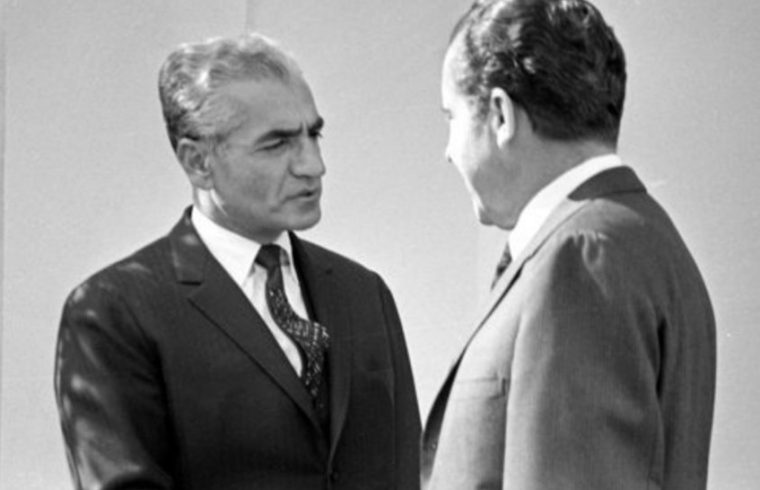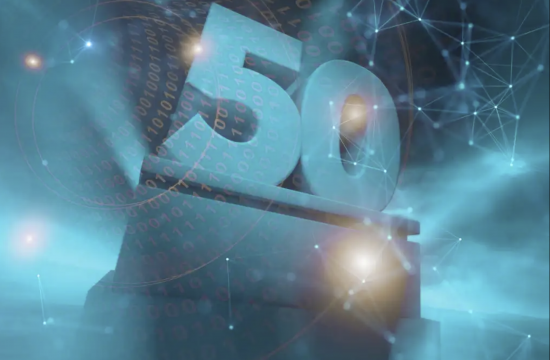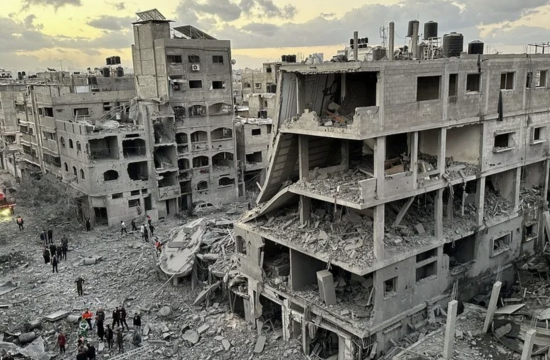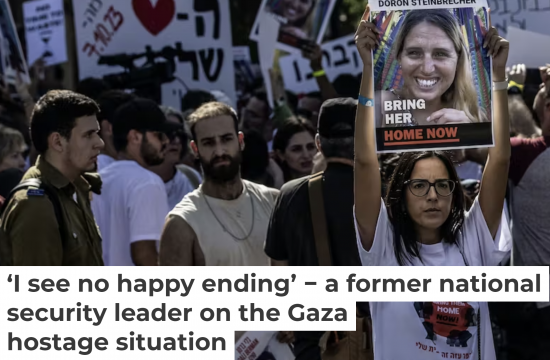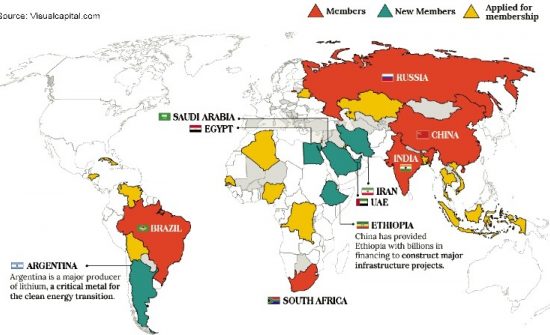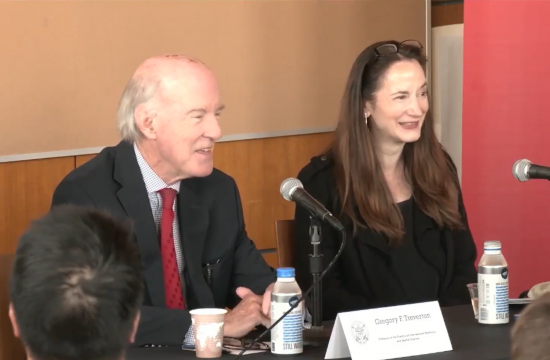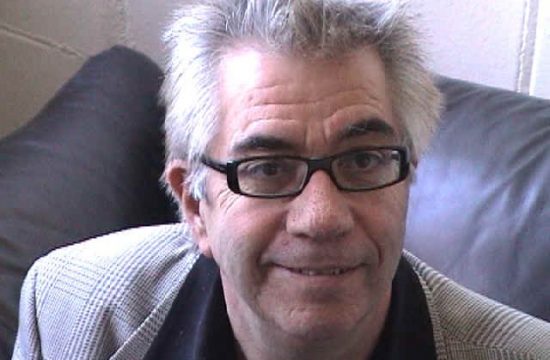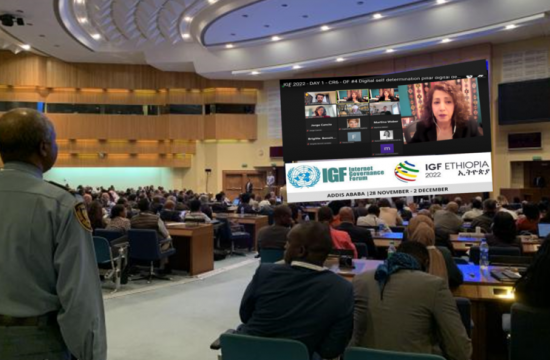By: Pari Esfandiari & Gregory Treverton
George Santyana said that “those who do not remember history are doomed to repeat it.” He might have added that remembering your own history is not enough: you also have to know the history that your adversary remembers. One of the writers of this article is a native Iranian who lived through the revolution — the other is a sometime US intelligence officer. Both of us understand that effective US policy has to be based on seeing the world through Iran’s eyes, not to justify Iran’s actions, but to understand them.
Nothing knits a country together like insults to national pride, and that holds particularly true for Iran, an ancient and proud civilisation. It is thus worth remembering the pivotal moments in the US-Iran relationship through Iranian eyes. The 1953 coup that toppled democratically-elected prime minister, Mohammad Mosaddegh, in order to strengthen the rule by the Shah was what it was — direct US intervention in Iran’s internal affairs. Over the years, many Iranians who then opposed the Shah have changed their political views and forgiven him. What is not forgotten, or forgiven, is the US direct interference to interrupt the country’s transition to democracy, a struggle that continues to this day.
A generation later, Iranian revolutionary students remembered, rightly, that the coup against Mosaddegh had been orchestrated from the US embassy. This became the revolutionaries’ justification for their attack on the embassy and the hostage crisis. Iranians also remember, again with considerable justification, that Saddam Hussein was encouraged by the US to attack Iran in 1980, an event that galvanised national support for the revolutionary regime just as it was passing through dark hours.
